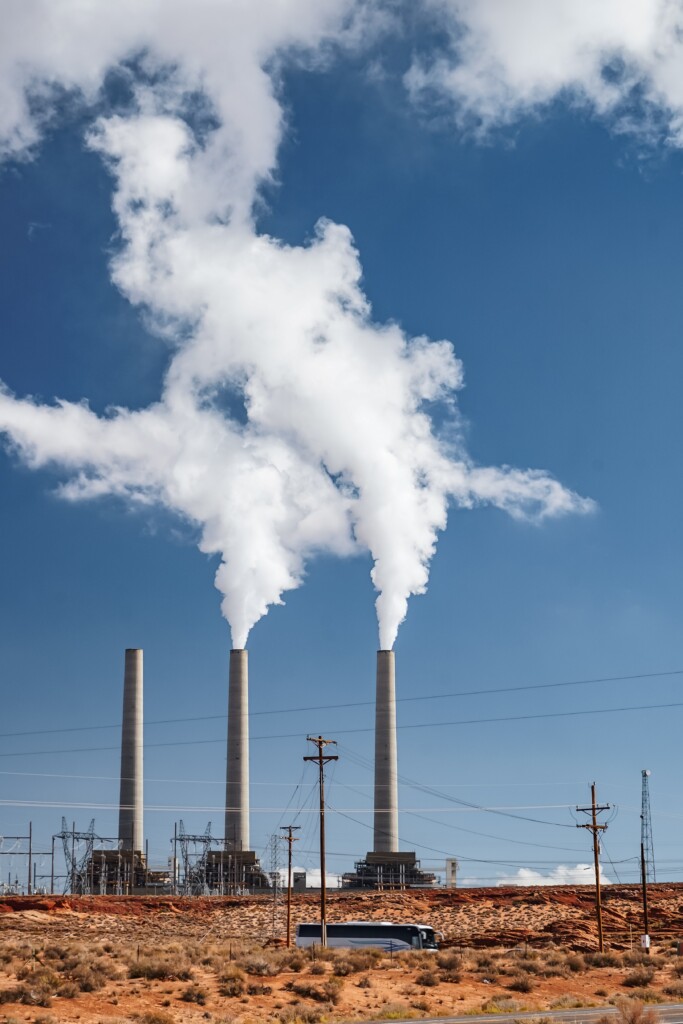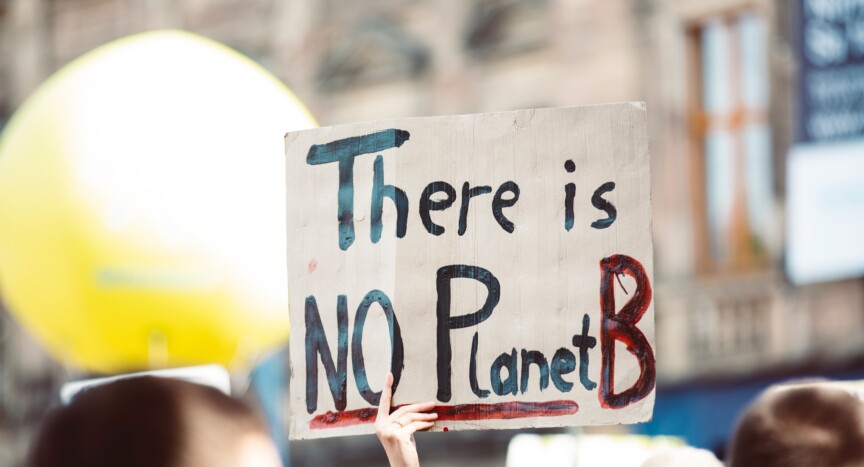The movement
In 2018, inspired by Greta Thunberg’s school strikes for the climate, young people all over the world started expressing more publicly their discontent regarding how climate change had been approached until then. To this end, Fridays For Future (FFF) organized a global protest campaign (de Moor, Uba, Wahlström, Wennerhag & De Vydt, 2020). By September 2019, in what is known as the third Global Climate Strike, an astounding 7.6 million people participated in protests all over the world. It marked an exceptional revitalization of the climate movement. Remarkable about these strikes is that in all of them the age group of people between 14 and 19 years old accounted for the majority of participants (Wahlström, Kocyba, De Vydt & de Moor, 2019; de Moor et al., 2020). They appear to be the main driver behind this revitalization of the movement.
Its impact
This youth climate movement has had a huge impact. In terms of substantial effects, various multinational corporations committed to minimizing their impact on the environment (Martiskainen et al., 2020). A structural effect was the change in discourse concerning climate change and the recognition of the cultural importance of the movement and its actors. Additionally, the movement was recognized and to some extent included in the political arena by government officials: protesters were invited to discuss climate change, Greta Thunberg was invited to speak at conferences of the UN and of the World Economic Forum in Davos (Pickard, Bowman & Arya, 2020).
Tactics & demands
As many participants lacked institutional access – due to for example not having voting rights yet – these young people had to find alternative pathways to protest. The school strike provided such an alternative tactic, encapsulating the urgency of action by implying attending school is useless under the pressing circumstance of global warming (Kenis, 2021). Initiated by Greta Thunberg, the tactic quickly spread across the globe and proved effective.
This tactic also meant a departure from dominant perceptions in climate politics, which stresses the importance of education and thus for students not to skip school (Kenis, 2021).
The manner in which young climate activists formulate their demands might elicit ‘revolutional’ connotations. Such demands call for a radical systemic and cultural change in the perception of and practices regarding humans’ relationship with its natural environment. Therefore, if implemented, these demands are likely to have a direct and destabilizing impact on the traditional and a way of life the larger part of the population has become used to, and on institutions’ vested interests. This formulation of demands implies an element of attribution of blame too: it is the older generations who caused this situation and the subsequent need to demand ‘radical’ change (Kenis, 2021; Pickard et al., 2020).
Incomprehension of older generations

Both the tactics and the demands of the youth climate movement are viewed by older generations as ‘radical’ (Kenis, 2021; Pickard, Bowman & Arya, 2020). These older generations tend to adhere to a more traditional perception of what these are supposed to look like. Thus, the youth climate movement’s demand for fundamental, systemic change and employment of innovative, politicizing tactics, generates incomprehension among older generations. This incomprehension is further compounded by a traditional binary understanding of political engagement, goals and values (Bowman, 2019) which become apparent in oppositions between instrumental or self-expression goals, being engaged or disengaged, formal-institutional or informal-everyday political actions, and materialist or postmaterialist values. Youth climate activists do not navigate according to these binary dimensions and combine these aspects in their movement participation.
Resistance
The incongruence of these generations’ predetermination of what tactics and demands should be like and those utilized by young environmental activists leads to insensitivity to the efficacy of said tactics and demands, since they cannot fully appreciate them from their traditional perceptions.
As a result – and in spite of the successes attributable to the youth climate movement – its young participants have had to deal with derogatory and ageist framing by older generations (Bergmann & Ossewaarde, 2020). This framing is situated within a discourse reproducing the hegemonic environmental governance regime, which does not want to implement radical changes and has vested interests in downplaying the efficacy of the movement and discrediting its ideology. This is done by claiming the public space is no place for the young, depreciating their capabilities and claims due to their young age and not being fully educated, criminalizing their tactics by referring to the obligatory nature of education. These processes divert attention from the matter at hand, namely climate change, and direct it towards the supposed flaws of the activists. Furthermore, Greta Thunberg (arguably the movement’s most prominent figure) is put on a pedestal, removing her from reality. This can warrant people’s own passivity, as it makes her behavior seem unattainable.
Persistence
Be that as it may, the movement continues to challenge these powerful stakeholders and their interests in maintaining the status quo. Greta Thunberg, and alongside her many other young activists, continues to strike every week[1]. Fridays For Future has maintained its efforts and carries on voicing its demands at such events as COP27[2]. In the face of the resistance it has encountered, the youth climate movement has by no means disappeared.
Referenties
Bergmann, Z., & Ossewaarde, R. (2020). Youth climate activists meet environmental governance: Ageist depictions of the FFF movement and Greta Thunberg in German newspaper coverage. Journal of Multicultural Discourses, 15(3), 267-290. http://dx.doi.org/10.1080/17447143.2020.1745211
Bowman, B. (2019) Imagining future worlds alongside young climate activists: A new framework for research. Fennia 197(2), 295–305. https://doi.org/10.11143/fennia.85151
De Moor, J., Uba, K., Wahlström, M., Wennerhag, M., & De Vydt, M. (Eds.) (2020). Protest for a future II: Composition, mobilization and motives of the participants in Fridays For Future climate protests on 20-27 September, 2019, in 19 cities around the world.
Kenis, A. (2021). Clashing tactics, clashing generations: The politics of the school strikes for climate in Belgium. Politics and Governance, 9(2), 135-145. http://dx.doi.org/10.17645/pag.v9i2.3869
Martiskainen, M., Axon, S., Sovacool, B.K., Sareen, S., Del Rio, D.F., & Axon, K. (2020). Contextualizing climate justice activism: Knowledge, emotions, motivations, and actions among climate strikers in six cities. Global Environmental Change, 65, 102180. http://dx.doi.org/10.1016/j.gloenvcha.2020.102180
Pickard, S., Bowman, B., & Arya, D. (2020). “We are radical in our kindness”: The political socialisation, motivations, demands and protest actions of young environmental activists in Britain. Youth and Globalization, 2(2), 251-280. http://dx.doi.org/10.1163/25895745-02020007
Wahlström, M., Kocyba, P., De Vydt, M., & de Moor, J. (Eds.) (2019). Protest for a future: Composition, mobilization and motives of the participants in Fridays For Future climate protests on 15 March, 2019 in 13 European cities.
[1] https://www.instagram.com/gretathunberg/?hl=en
[2] https://fridaysforfuture.org/







